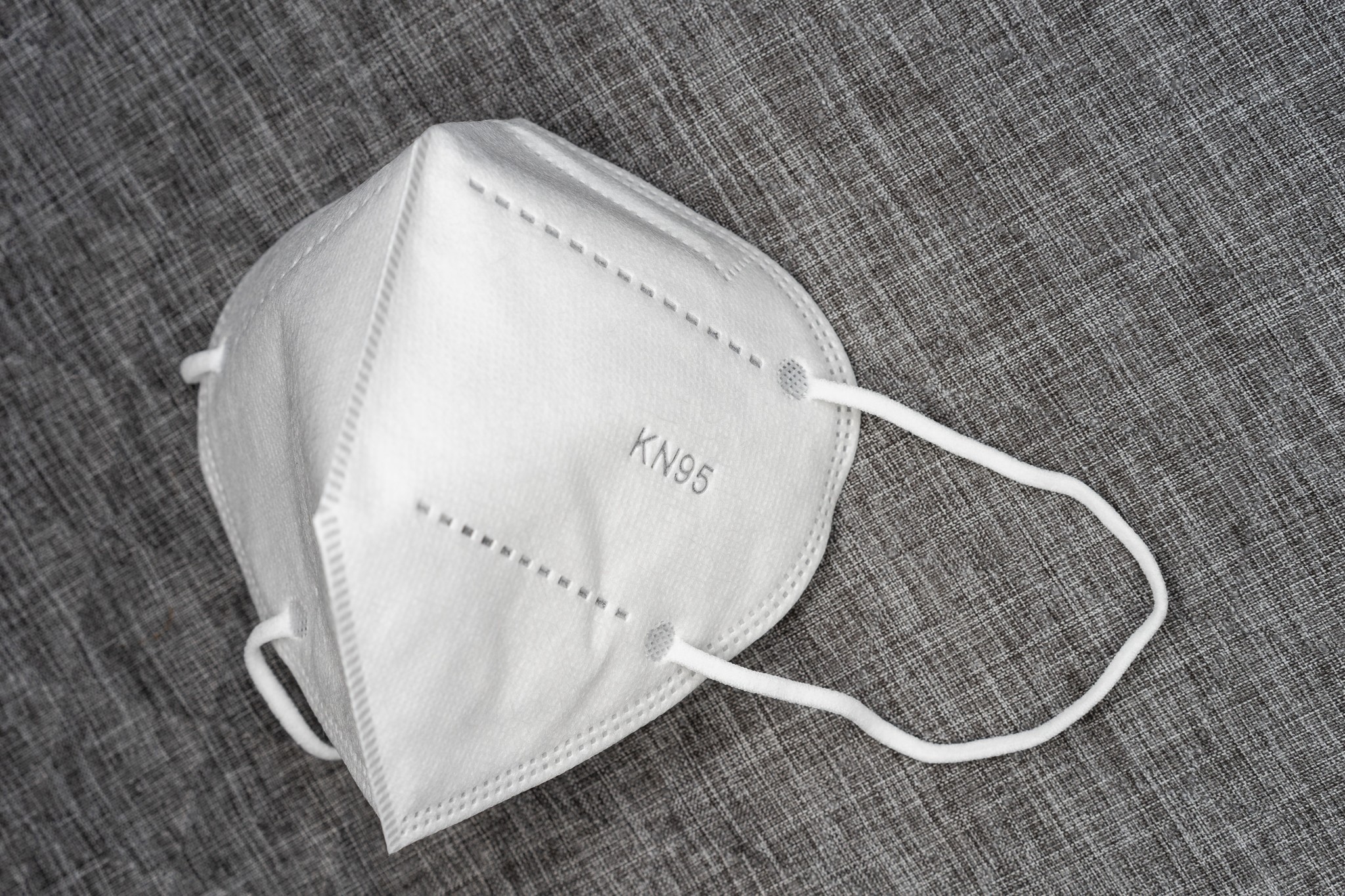The difference between KN95, N95, FFP2 and FFP3 mouth caps
FFP2, FFP3, KN95, N95... what is the difference between all these mouth caps? Since the pandemic, it has been recommended to wear a face mask, but the difference is sometimes difficult to understand. Many people also reuse their mouth caps, but is this really that hygienic? Both topics are explained in the blog.
KN95, N95, FFP2 and FFP3
First of all, what does FFP actually stand for? FFP stands for Filtering Facepiece Particle (read: a face mask that filters particles). The number after the FFP, in this case 2 or 3, indicates to what extent the inhaled air is filtered. The higher the number, the better the filtering and protection. FFP2 has a minimum filter percentage of 94%, and FFP3 has a minimum filter percentage of 99%. Before a mask can be called FFP2 or FFP3, they must have a CE mark. The masks are also tested on the basis of the European standard, called NEN-EN 149: 2001 + A1: 2009. If the masks are not tested on the basis of this standard, they are not real FFP2 or FFP3 masks, and they comply not on the filter percentage. All masks from Eexi.nl meet the European standard and CE markings.
But what are KN95 and N95 actually?
When an FFP2 mask meets the standard, they can only be officially called FFP2. In America there are other certifications, and these masks are called N95 there. In China, these masks are called KN95. Both FFP2, KN95 and N95 meet the mandatory minimum filter percentage of 94%. To be precise: KN95 and N95 have a filter percentage of 95%. Only the way in which the filter percentage is calculated differs per model/country, hence the other names of the masks.
N95 masks are tested based on American standard NIOSH -42CFR84, and KN95 masks are tested based on Chinese standard GB2626-2006.
The biggest difference between the tests
Only the European tests use wet substances in their tests in addition to dry substances such as dust. The European system is recognized by many countries as one of the best tests, as they also test for wet particles that are dispersed through the air. In addition to this, the masks are also tested for respiratory resistance, which is on average much lower than the American or Chinese standard. From this it can be concluded that FFP2 masks are more robust and comfortable than KN95 and N95 masks.
Can I reuse the mask?
The two letters 'NR' are marked on the masks, which means that the mask is Not Reusable (not reusable). Masks are protective products that become less protective over time. An FFP2/FFP3 mask is effective for an average of 8 hours. Even if the mask is worn in low-risk areas, while also keeping a safe distance, the mask is still effective for 8 hours. This is because the mask gradually becomes moist through breathing. The filtration capacity and physical integrity of the mask is then reduced due to the humidity. An article was recently published in which people strongly advise against reusing a mouth cap. The mask cannot be disinfected, so the bacteria remain in the mask.
How do I put on a face mask?
- Wash your hands with soap, or disinfect your hands with disinfectant gel.
- Grab the mask by the elastics and place them around the ears.
- Make sure the mask is over your nose and mouth, then press the nose clip for an optimal fit.
- Wear the mask continuously for up to 8 hours or replace the mask sooner if it is wet from breathing.
- Dispose of the mask with the residual waste and do not touch the mask unnecessarily.
- Wash your hands with soap, or disinfect your hands with disinfectant gel.






